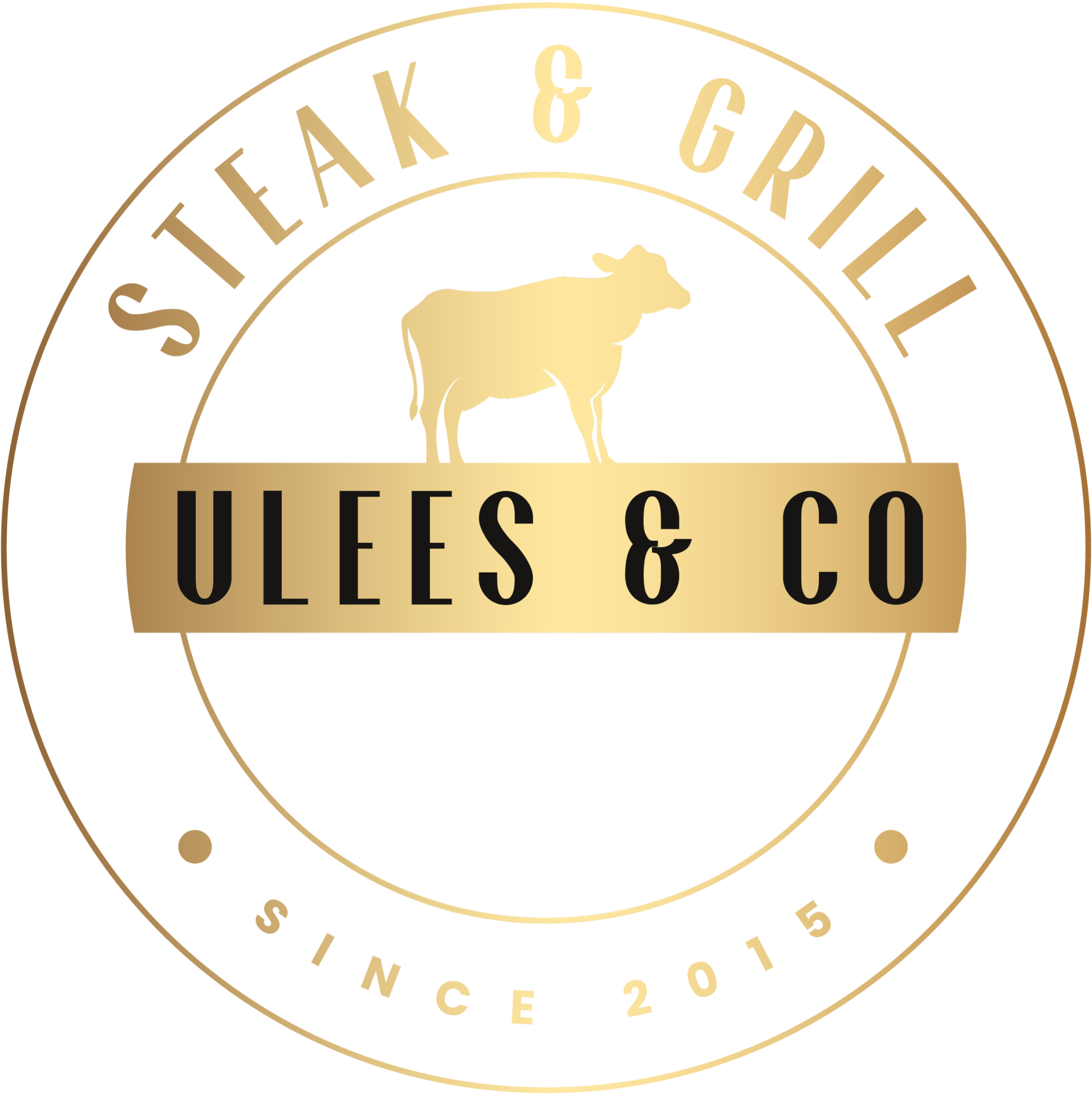Dry-aging transforms an ordinary steak into a flavor bomb by allowing the meat to mature for weeks under controlled conditions. This natural process breaks down proteins, concentrates flavors through moisture loss, and develops complex, nutty, and buttery notes that you won’t find in fresh meat. The result is a more intense, richer flavor experience with perfect texture.
What exactly happens during the dry-aging process?
During dry-aging, meat is stored in special aging chambers where temperature (around 1-3°C), humidity (75-85%), and ventilation are perfectly controlled. This process typically lasts between 21 and 60 days, during which the meat slowly transforms.
The magic happens through natural enzymes in the meat that break down proteins into smaller, flavorful amino acids. At the same time, moisture evaporates from the meat, concentrating all the flavors. You lose approximately 15-30% of the weight, but what remains is pure gold for your taste buds.
On the outside, a dry, dark crust forms that protects the meat. This crust is removed before cooking but contributes to the aging process by protecting the meat from unwanted bacteria. The texture also becomes more tender during this process as the enzymes break down the connective tissue, resulting in meat that melts like butter on your tongue.
What specific flavors develop in dry-aged steak?
Dry-aged steak develops a complex flavor profile that ranges from subtly nutty to intensely umami-rich. The most characteristic flavors are buttery, nutty notes reminiscent of hazelnuts or walnuts, combined with a deep, meaty umami flavor.
With short aging of 21 days, you’ll taste mainly an enhanced meat flavor with light nutty hints. After 30-45 days, these flavors become more intense and mineral nuances emerge. Some enthusiasts even recognize light notes of blue cheese or mushrooms, especially in meat that has aged longer than 45 days.
The intensity increases exponentially with aging time. Where fresh meat often tastes one-dimensional, dry-aged steak offers a symphony of flavors that unfold in your mouth. The difference is comparable to tasting young versus aged cheese, where complexity and depth increase with time.
Why does dry-aged meat taste so much more intense than regular steak?
The more intense flavor of dry-aged meat comes from three scientific processes that occur simultaneously. The most important is flavor concentration through moisture loss, where up to 30% of the moisture evaporates and all flavor compounds are concentrated in a smaller volume.
Additionally, enzymatic breakdown causes the release of glutamate, a natural flavor enhancer that is also responsible for the umami taste in Parmesan cheese, for example. This process literally creates new flavor compounds that weren’t present in the fresh meat.
During cooking, this effect is further enhanced by the Maillard reaction. The dry outer layer of dry-aged meat caramelizes faster and more intensely, resulting in a crispy crust full of concentrated flavors. This combination of processes makes every bite an explosion of flavor, incomparable to regular steak.
How do you recognize truly good dry-aged steak?
You can immediately recognize good dry-aged steak by its color: a deep, dark red to burgundy tint, much darker than fresh meat. The surface should feel dry but not dried out, with a firm yet supple structure when you press on it.
Pay attention to the aroma, which should be nutty and slightly sweet, never sour or unpleasant. White mold formation on the outside is actually a good sign, comparable to the noble mold on aged cheeses. This is removed before preparation and contributes to flavor development.
Quality indicators include:
- Preserved marbling (fat distribution) throughout the entire piece
- No stickiness or sliminess
- A dry, matte shine without moisture
- The reputation of the aging master and transparency about the process
- Clear information about aging duration and origin
Where can you find the best dry-aged steaks in the Netherlands?
You’ll find the best dry-aged steaks at specialized steakhouses with their own aging chambers, where craftsmanship and experience make the difference. These restaurants invest in professional aging facilities and have specialists who monitor the process daily.
Look for establishments that are transparent about their aging process and the origin of their meat. Good places are happy to show you their aging chambers and talk passionately about their selection of premium meat. The combination of high-quality cattle breeds like USA Prime or Wagyu with expert dry-aging delivers the ultimate flavor experience.
We at Vlees & Co have built years of expertise with dry-aged specialties in our own aging chambers. Our selection of premium cattle breeds is carefully chosen for their suitability for dry-aging, and we are transparent about origin and aging process. For more information about the different types of premium meat and their unique characteristics, check out our comprehensive guide to premium meat.
